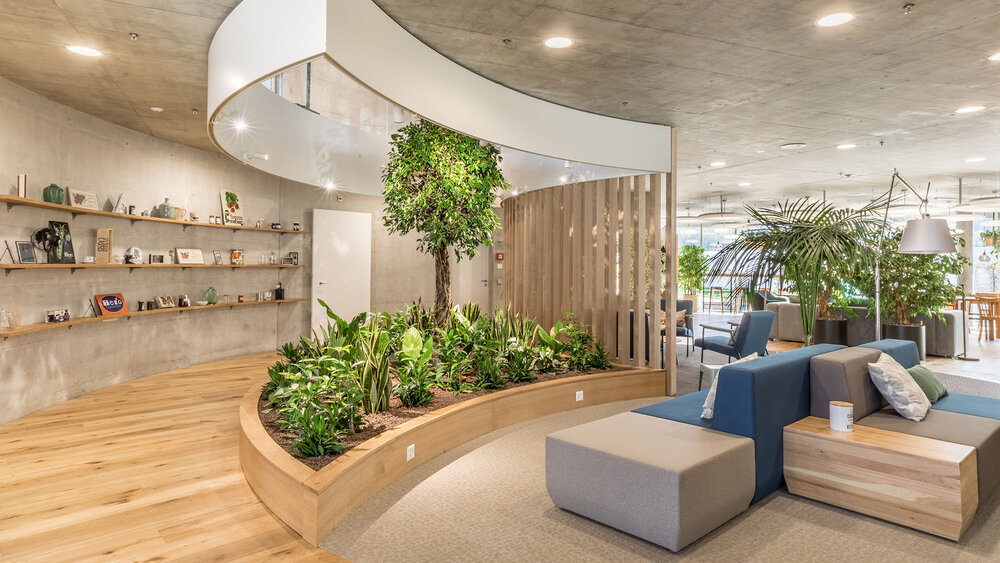Biophilic design is a design philosophy that seeks to connect people with nature in the built environment. It is based on the idea that humans have an inherent need to connect with the natural world and that this connection can have a positive impact on our health and well-being.
In the realm of interior design, biophilic design can be implemented in a variety of ways, including the incorporation of natural materials, the use of plants and greenery, and the incorporation of natural light and views of the outdoors.
One of the key benefits of biophilic design is its potential to enhance sustainability. By using natural materials and incorporating plants and greenery into the home, we can reduce our reliance on synthetic materials and improve the air quality in our living spaces. In addition, the use of natural light and views of the outdoors can help to reduce the need for artificial lighting, which can save energy and reduce the carbon footprint of the home.
Here are a few tips for incorporating biophilic design principles into your home in a sustainable way:
Use natural materials: Natural materials, such as wood, stone, and clay, can bring a sense of warmth and connection to nature into the home. They are also often more sustainable than synthetic materials, as they can be locally sourced and are biodegradable.
Incorporate plants and greenery: Plants not only bring a sense of life and vitality to a space, but they can also improve air quality and reduce stress. Choose a variety of plants with different light and moisture requirements to create a diverse and sustainable ecosystem in your home.
Bring in natural light: Natural light not only enhances the aesthetic of a space, but it can also reduce the need for artificial lighting and save energy. Consider installing skylights or large windows to bring in more natural light.
Use sustainable design strategies: There are many ways to design a home in a more sustainable way, such as choosing energy-efficient appliances and lighting, installing low-flow plumbing fixtures, and using non-toxic, natural materials.
By incorporating these biophilic design principles into your home, you can create a space that is not only aesthetically pleasing, but also sustainable and supportive of your health and well-being. In addition, the use of natural materials and plants can help to reduce the environmental impact of your home and create a more sustainable living environment.

